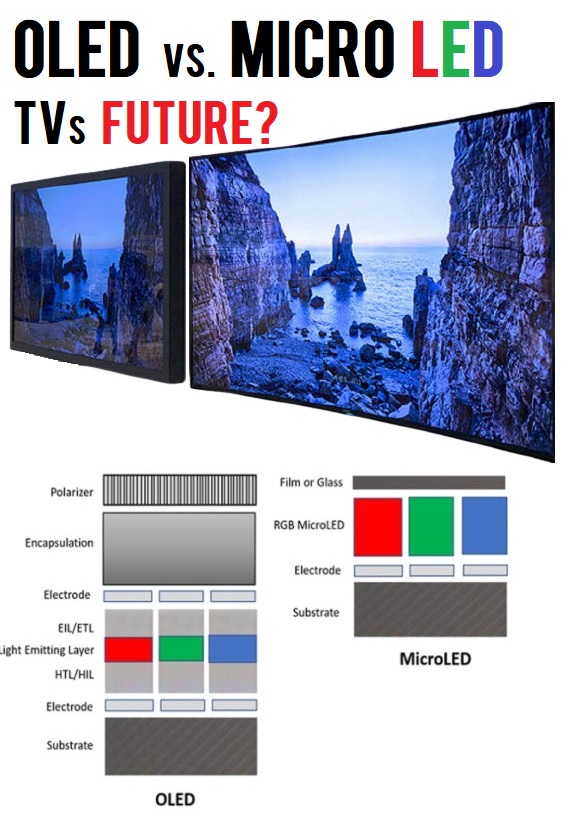Key Takeaways
- OLED Monitors Offer Superior Contrast and Black Levels: Each pixel is individually lit, making blacks deeper and colors more vivid compared to IPS monitors.
- Color Accuracy is Close: Both OLED and IPS monitors can achieve high color accuracy, though OLED excels in depth.
- Response Time is Unmatched: OLED monitors have nearly perfect response times, making them ideal for fast-paced gaming.
- HDR Benefits: OLED provides true HDR with brighter highlights and deeper blacks, while IPS monitors may only simulate HDR.
- 4K Resolution: While 4K offers stunning clarity, it demands high performance from your system, and upscaling can be an effective compromise.
- Price vs. Value: The high price of OLED monitors may not justify the cost for everyone, especially when considering alternative high-quality IPS monitors.
OLED vs. IPS Monitors: The Battle of Display Technologies
When choosing a new monitor, the debate between OLED and IPS is a hot topic. Both technologies offer unique benefits and trade-offs. Let’s dive into what sets them apart and whether OLED’s premium price tag is worth it.
Contrast and Color: The OLED Advantage
One of OLED’s standout features is its incredible contrast. Each pixel in an OLED monitor is individually lit and can be turned off completely. This ability to turn off pixels results in true blacks and a high contrast ratio. For instance, when you compare an OLED monitor with an IPS monitor, you’ll notice that the OLED screen has deep, rich blacks, while the IPS screen may appear washed out.
In terms of color, both OLED and IPS monitors are impressive. They can display vibrant colors and cover a wide color gamut. For everyday use, an IPS monitor in sRGB mode will show colors quite accurately. However, OLED monitors often excel in providing deeper and more vivid colors due to their higher contrast levels.
Response Time: OLED’s Clear Winner
Response time measures how quickly a pixel can change from one color to another. OLED monitors are known for their near-instantaneous response times, which is a significant advantage for gamers. This makes fast-paced games look clearer and more fluid. Even at lower frame rates, the clarity remains high.
In contrast, IPS monitors, while fast, cannot match OLED’s performance in this area. Even with a high refresh rate of 120Hz or 144Hz, OLED’s response time remains superior, making it the preferred choice for competitive gaming.
HDR Performance: True vs. Simulated
High Dynamic Range (HDR) is another key area where OLED monitors shine. OLED’s ability to light up each pixel individually allows for genuine HDR experiences. This means you get brighter highlights and darker shadows, enhancing the overall visual quality.
On the other hand, many IPS monitors offer simulated HDR. While these monitors can improve contrast and color depth, they don’t match the true HDR performance of OLED. This means you might see a difference in how bright and detailed highlights appear.
4K Resolution: Stunning Clarity with a Performance Hit
One of the biggest selling points for modern monitors is 4K resolution. This provides exceptional text clarity and detail. For tasks like graphic design or gaming, a 4K monitor can make a significant difference.
However, 4K resolution demands more from your computer’s graphics card. You might find that games run at a lower frame rate when playing at 4K. For example, a high-end graphics card that handles 1440p well might struggle to maintain high frame rates at 4K. Upscaling technologies like DLSS (Deep Learning Super Sampling) can help improve performance by rendering at a lower resolution and upscaling to 4K, but it’s not always a perfect solution.
Is the High Price Worth It?
OLED monitors are generally more expensive than their IPS counterparts. The cost of around $1,300 for an OLED monitor might seem steep, especially when compared to high-quality IPS monitors that offer similar color accuracy and resolution at a lower price.
For many users, especially those not heavily into gaming or professional graphics work, a high-quality IPS monitor could offer almost the same benefits at a fraction of the cost. The OLED’s superior contrast and HDR capabilities might not justify the price for everyone.
Conclusion: What’s the Right Choice for You?
Deciding between OLED and IPS comes down to your priorities and budget. If you value deep blacks, superior contrast, and unmatched response times, and you’re willing to invest heavily, an OLED monitor could be a great choice. However, if you’re looking for a more budget-friendly option with excellent color accuracy and good performance, a high-quality IPS monitor might be the better option.
In the end, while OLED monitors offer remarkable technology and future-proof features, their high price may not make them the best choice for everyone. Evaluate your needs, consider your budget, and choose the monitor that best fits your usage.
















